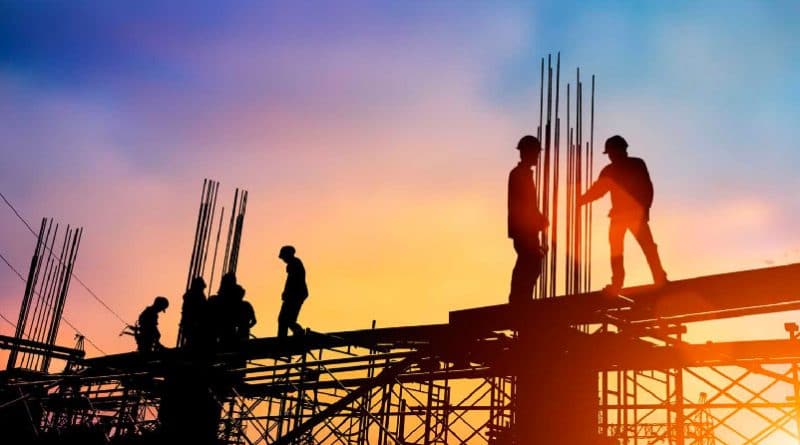Lockdown leads to sharp drop in activity but optimism remains
The Ulster Bank Construction Purchasing Managers’ Index® (PMI®) – a seasonally adjusted index designed to track changes in total construction activity – fell sharply to 21.1 in January, down from 52.3 in December. The reduction in activity ended a two-month sequence of growth and was the sharpest since May 2020. The COVID-19 lockdown was central to the reduction in activity.
 Commenting on the survey, Simon Barry, Chief Economist Republic of Ireland at Ulster Bank, noted that: “The sharp tightening of coronavirus-related public health restrictions around the turn of the year, including the closure of most of the construction sector, led to a sharp drop in Irish construction activity in January, according to the latest results of the Ulster Bank Construction PMI survey. While the pace of contraction was not as severe as in April and May of last year during the first lockdown, the headline PMI index plunged from 52.3 in December to 21.2 in January, signalling a steep contraction in construction activity at the start of 2021. Moreover, the detail behind the headline reading highlighted that the large-scale declines in activity were widespread, with respondents reporting notably weaker activity patterns across all three main subsectors.
Commenting on the survey, Simon Barry, Chief Economist Republic of Ireland at Ulster Bank, noted that: “The sharp tightening of coronavirus-related public health restrictions around the turn of the year, including the closure of most of the construction sector, led to a sharp drop in Irish construction activity in January, according to the latest results of the Ulster Bank Construction PMI survey. While the pace of contraction was not as severe as in April and May of last year during the first lockdown, the headline PMI index plunged from 52.3 in December to 21.2 in January, signalling a steep contraction in construction activity at the start of 2021. Moreover, the detail behind the headline reading highlighted that the large-scale declines in activity were widespread, with respondents reporting notably weaker activity patterns across all three main subsectors.
“The impacts of the ongoing third lockdown are also evident in extremely weak new business flows, with the New Orders index falling to an 8-month low of 29.4 last month. The slump in actual and prospective activity has in turn weighed sharply on staffing levels last month as highlighted by a large hit to the Employment PMI in January. This clearly signals that the sector is likely to remain under significant pressure in the near-term. But more encouragingly, the January results also showed that Irish construction firms continue to express optimism in the year-ahead outlook reflecting expectations that workloads will improve again once the health picture improves and restrictions are eased.”
Housing category leads overall decline
Substantial reductions in activity were seen across each of the three monitored categories of construction in January. The steepest decline was in housing activity, after a marked expansion had been recorded in December. Meanwhile, the falls in commercial and civil engineering activity were the strongest since April and May last year respectively.
Substantial fall in new orders
The COVID-19 lockdown also led to a severe drop in new orders, with around 60% of respondents seeing a reduction in new work during January. The fall ended a three-month sequence of expansion and was the sharpest in eight months.
First decline in employment in four months
Site closures meant that fewer staff were needed at the start of the year, leading to a renewed decline in employment. Staffing levels decreased sharply, and to the greatest extent since May 2020. Purchasing activity fell sharply, with the rate of decline the fastest in eight months. Respondents indicated that the pausing of projects and stockbuilding in previous months meant that fewer inputs were needed. Delays on the delivery of inputs were even more pronounced than during the first COVID-19 lockdown, with suppliers’ lead times lengthening to the greatest extent in more than 20 years of data collection. The COVID-19 pandemic and delays due to Brexit contributed to longer delivery times. The rate of input cost inflation quickened to the fastest since April 2019 in January. A number of respondents linked higher cost burdens to Brexit, while general increases in raw material prices were also mentioned. Despite the renewed restrictions on activity at the start of the year, construction firms remained optimistic regarding the 12-month outlook, with sentiment only slightly lower than December’s ten-month high. Hopes that the COVID-19 pandemic will be brought under control over the course of 2021, often linked to vaccine roll-outs, were behind confidence that workloads will improve.

